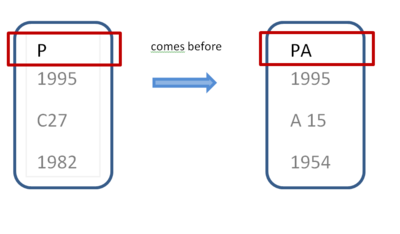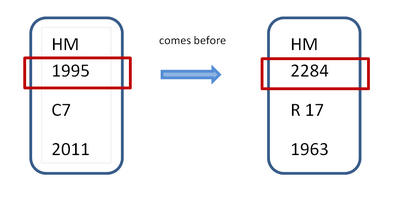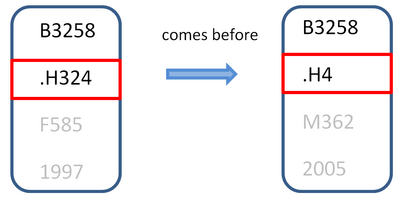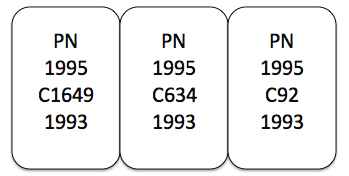Library:Module 3 Reading a Record 3.3
3.3 Reading a Book Record
Once you've found a book on the library website, there is important information you need to write down to find it on the library shelf. The record of the book gives you information about where the book is located. For example, look at the following record information:
This is the information you need to locate a print book in the UBC Library system. There are several libraries on campus with many floors. Writing down this information will help you to locate the physical book once you are in the library.
On the Shelf
Once you've found a book on the library website, there is important information you need to write down to find it on the library shelf. The record of the book gives you information about where the book is located. For example, look at the following record information:
This is the information you need to locate a print book in the UBC Library system. There are several libraries on campus with many floors. Writing down this information will help you to locate the physical book once you are in the library.
1. Go to the Library branch which has your book
UBC Library has multiple branches. Every book record will display which Library branch(es) has the book you are looking for. In our example, the location is Koerner Library.
2. Find the area within the library which has your book
In our example above, the catalogue shows that the location is Koerner Library stacks, with a call number starting with PN. This means that you need to first go to the Koerner Library branch and then make sure you look in the "stacks" part of that branch, on the floor which has the PNs.
Note: most UBC Library branches have:
- Stacks (books you can take out)
- A reference area (with books you can't take out)
- A course reserve area (with books and other materials that you can take out for 1 hour - 3 days)
Each library also has signs and floor plans that show the location of stacks/reference/course reserve areas, and explain which floors contain which call number ranges. You can always ask a staff member if you need help.
Read Line by Line
Read call numbers line by line. Each piece of information directs you to a group of shelves, to a row of shelves, and then to the shelf that has your book.
3. Start with Letters
Call numbers begin with letters that are read alphabetically. A call number can begin with one, two, or three letters. Single letters come before double letters, for example:
4. Look for the number
The second part of a call number is a whole number. Whole numbers are arranged from smallest to largest, for example:
5. Look for the Letter and (Decimal) Number
The third part of a call number is a letter followed by a number. This number is a decimal number. Decimal points do not usually appear on books, but they have been added in the example below to emphasize that the number here should be read as a decimal:
Reading It Together
The books below are in correct order.
If you need further help with locating an item on the library shelf, ask for help at the service desk.
For a print guide on reading call numbers, go to: File:Reading Call Numbers Handout.pdf
Watch the following video to learn how to find a book on the shelf:






